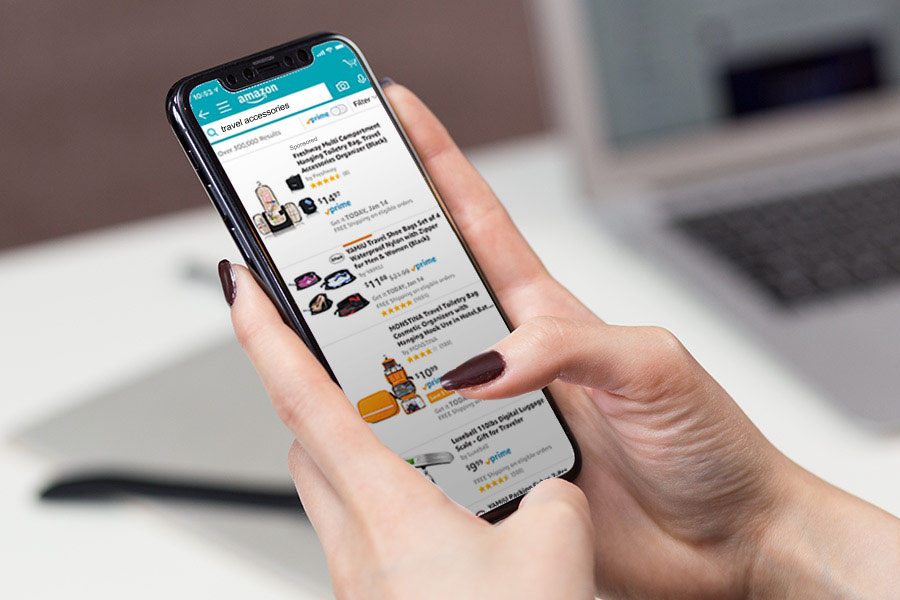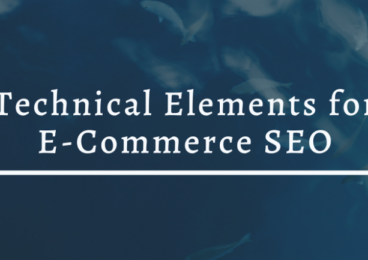 Reading Time: 3 minutes
Reading Time: 3 minutesIt’s impossible to deny Amazon’s reputation as the leading online store in modern society. The site regularly has over 2 billion visitors browsing its pages. It would be foolish to pass up an opportunity to use Amazon’s popularity to your advantage. Amazon allows business owners to promote their products via sponsored ads displayed in banners framing the site, search results, and product pages. Unlike other advertisement forms, Amazon’s sponsored ads are targeted, meaning that they are displayed to the most likely users interested in your product. Browsers on the site are already likely to make a purchase; having your product predominantly featured in their searches increases your chances of making a successful sale.
How Do Sponsored Ads and Keyword Targeting Work?
Amazon determines which users are shown your product by targeting a set of specific keywords. This helps ensure that it appears to the appropriate audiences in the site’s most relevant areas. Having the right keywords is critical for your ads to be successful. To maximize the effectiveness of your campaign, you can take advantage of Amazon’s Automatic Targeting feature. All you must do to enable this feature is select the Automatic Targeting option after filling out the rest of your product information on the sponsored ad form.
Amazon does allow manual targeting and a process that involves manually selecting the individual keywords you would like to target. This may initially seem attractive due to its flexibility; however, in doing so, you put yourself at the risk of choosing keywords that seem appropriate instead of focusing on what will get you the most results. Additionally, Amazon’s Automatic Targeting service involves continual assessments of the website’s content, keeping your product relevant regardless of the catalog’s changes.
Match Types for Automatic Targeting
When using automatic targeting for your campaign, you’re employing four different keyword match types.
- Close match. The algorithm targets users with search terms that closely match your product. This is ideal to ensure that your product is shown to users actively searching for it.
- Loose match. The algorithm targets users with search terms that loosely match your product. If your product is not as well-known, this can help increase its visibility.
- Substitutes. The algorithm targets users who have looked at products that are substitutes of yours. This presents your product as a viable alternative for others the user has already seen.
- Complements. The algorithm targets users who have looked at products that are complements of yours. This presents your product as an ideal addition to other products the user is already considering purchasing.
While all four are available to use by default, you can deselect any of the types you are uninterested in using for your product. Additionally, you have the option to alter your bids for individual match types, allowing you to prioritize some over others. This gives you much more control over your Automatic Targeting campaign. If some of the above strategies are less relevant to your specific product, you may wish to lower the bid or disable the corresponding match type.
Should You Use Automatic Targeting?
Depending on the amount of time and resources you have at your disposal, marketing campaigns can be overly complex to the point of seeming unproductive. Using Automatic Targeting allows you to launch a targeted campaign on a widely used platform in a very short time, and you don’t have to be an advertising expert to make it happen. It also helps prevent any wasted exposure, limiting how often your product shows up to uninterested consumers. However, suppose you’re not happy with the limitations of Automatic Targeting and would like a little more freedom to select and prioritize your keywords yourself. In that case, it can still be a useful, complementary tool.
Launching a small Automatic Targeting campaign in addition to Manual Targeting can be extremely beneficial. It allows you to monitor the keywords used and offer you some insight regarding ones you might have otherwise overlooked. You can also see if any keywords in your automatic campaign did not perform as expected, and ensure they are not present in the manual campaign.
At Vizion Interactive, we have the expertise, experience, and enthusiasm to get results and keep clients happy! Learn more about how our status as a Google Partner, along with our PPC Management, Google Shopping Ads, Social Media Advertising, Amazon Advertising, and other Paid Media services can increase sales and boost your ROI. But don’t just take our word for it, check out what our clients have to say, along with our case studies.




